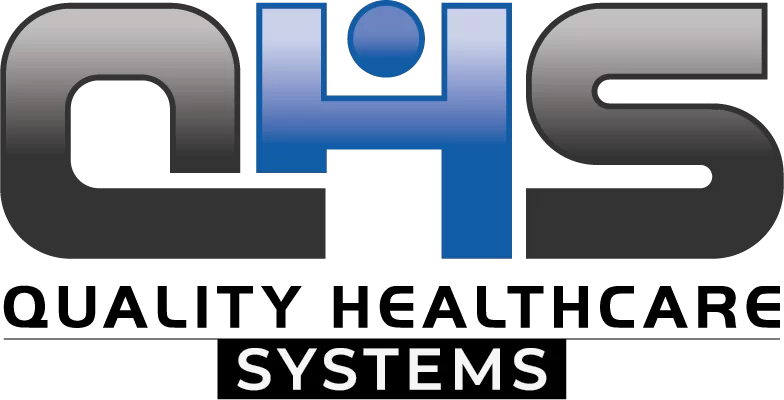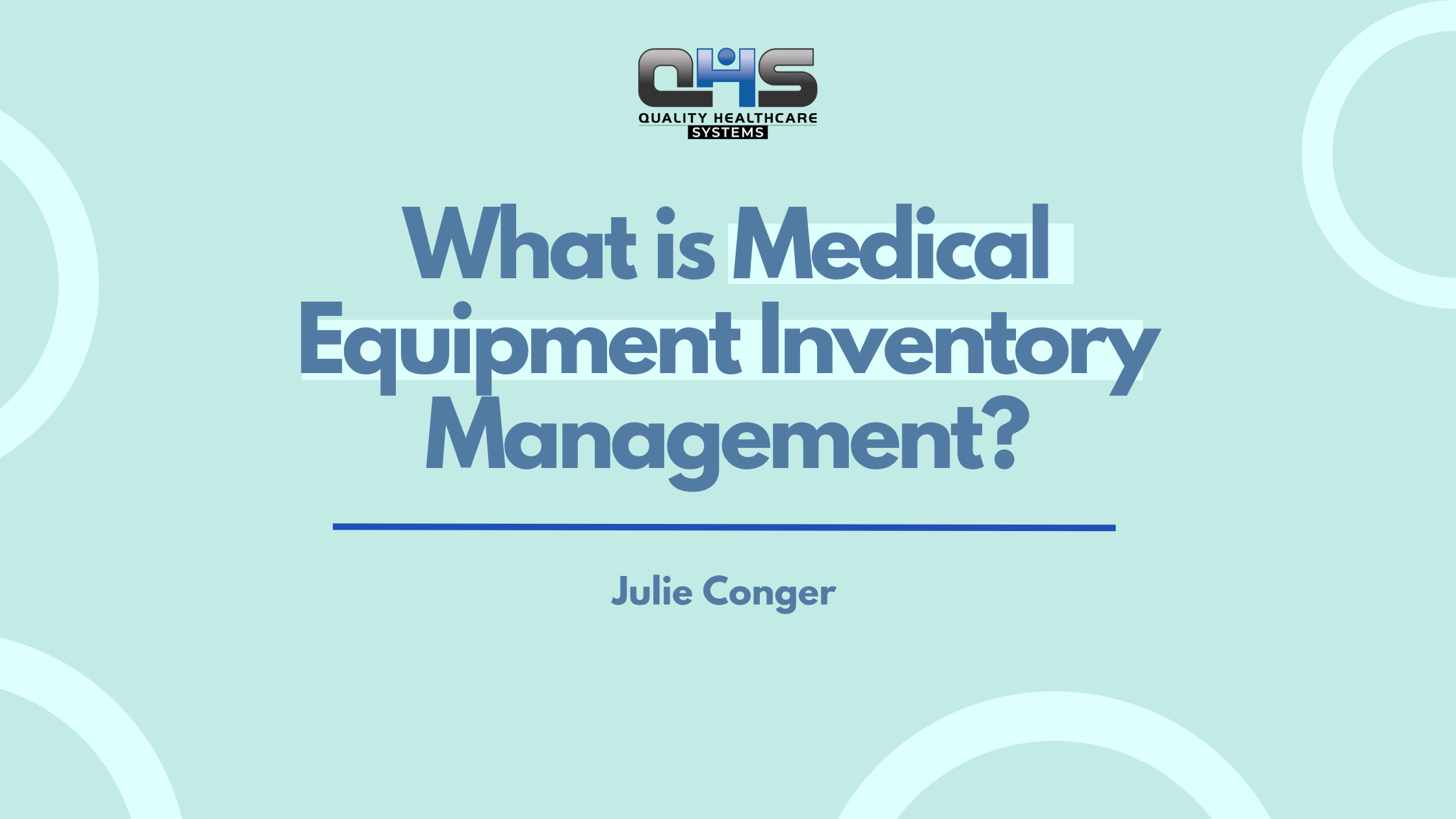Effective medical equipment inventory management is critical for healthcare providers and DME suppliers to ensure seamless operations, enhance patient care, and maintain regulatory compliance. Whether you’re starting a new DME business, or managing an established one, managing inventory efficiently not only optimizes resources but also reduces costs and minimizes operational downtime.
This guide will delve into the essentials of managing medical equipment inventory, explore best practices, and provide actionable tips for DME suppliers.
What is Medical Equipment Inventory Management?
Medical equipment inventory management involves tracking, monitoring, and maintaining medical equipment to ensure its availability, functionality, and compliance with healthcare standards. This process ensures that essential tools like oxygen concentrators, CPAP machines, and mobility aids are always accessible when needed.
Why is Inventory Management Important?
- Optimized Operations: Prevents delays in patient care by ensuring equipment availability.
- Cost Efficiency: Reduces unnecessary purchases and wastage.
- Compliance: Ensures adherence to healthcare regulations and audits.
- Asset Utilization: Tracks usage patterns to make data-driven purchasing decisions.
- Improved Patient Outcomes: Having the right equipment readily available improves the quality and speed of patient care.
Efficient inventory management is not just about organizing supplies; it’s about creating a system that supports every aspect of your operation.
Challenges in Medical Equipment Inventory Management
Managing inventory, particularly for DME suppliers, presents unique challenges. Here are some common hurdles:
1. Overstocking or Understocking
Holding excess inventory ties up capital and storage space, while insufficient stock disrupts patient care. Striking a balance is key.
2. Regulatory Compliance
Failing to meet stringent healthcare standards can lead to fines, audits, or legal issues. Keeping up with changing regulations is a constant challenge.
Related: What’s the Difference Between Medicare DWO and SWO?
3. Tracking Expiry Dates
Many medical supplies have expiration dates, requiring meticulous monitoring to avoid wastage or compliance issues.
4. Manual Errors
Dependence on manual tracking methods often leads to inaccuracies and inefficiencies. Transitioning to automated systems is a necessary step forward.
5. Diverse Product Range
Managing a broad inventory, from mobility aids to respiratory equipment, can be overwhelming without a robust system in place.
Best Practices for Medical Device Inventory Management
To overcome these challenges and streamline operations, DME suppliers can adopt the following best practices:
1. Implement Inventory Management Software
Using specialized software for inventory tracking for DME suppliers helps automate stock management, monitor usage patterns, and flag low-stock items in real-time. It also generates detailed reports for better decision-making.
2. Categorize Equipment
Organize your medical equipment inventory by category, such as respiratory aids, mobility devices, and diagnostic tools. This ensures quick access to required items and simplifies stock tracking.
3. Regular Audits and Reconciliations
Conduct regular physical audits to match the current medical equipment inventory list with recorded data. This minimizes discrepancies and ensures data accuracy. Audits also help identify slow-moving or obsolete inventory.
4. Monitor Equipment Utilization
Track how often each item is used to identify underutilized equipment. This can help optimize purchases and redistribute resources effectively, ensuring that high-demand items are always in stock.
5. Maintain a Centralized System
Use a single, centralized platform to manage inventory across multiple locations. This improves visibility and coordination, especially for larger DME suppliers with multiple branches.
6. Develop a Restocking Schedule
Establish a consistent schedule for restocking items based on usage trends and seasonal demand. Predictive analytics can further enhance this process by forecasting future inventory needs.
7. Ensure Staff Training
Train staff on proper handling, tracking, and updating of inventory to reduce errors and improve accountability. Educating employees about compliance requirements ensures that everyone follows industry standards.
8. Leverage Data Analytics
Utilize data from inventory systems to identify trends, forecast demand, and reduce costs. Advanced analytics can reveal patterns that manual methods often overlook.
Medical Equipment Inventory Management Checklist
To simplify inventory management, here’s a checklist that DME suppliers can follow:
- Maintain an updated medical equipment inventory list.
- Use inventory management software to track stock levels.
- Categorize equipment for easy identification and access.
- Schedule regular audits and reconciliations.
- Monitor expiration dates for medical supplies.
- Train staff on inventory procedures and software.
- Establish a restocking schedule based on usage data.
- Ensure compliance with healthcare regulations.
- Track equipment usage to optimize asset allocation.
- Maintain a centralized system for inventory across locations.
This checklist serves as a practical guide for maintaining efficiency and compliance in DME operations.
How QHS Can Help Streamline DME Inventory Management
At Quality Healthcare Systems (QHS), we specialize in supporting suppliers with comprehensive DME billing solutions. Our expertise in streamlining processes for a managed revenue cycle ensures that suppliers can prioritize on providing high-quality medical equipment while we handle the backend processes.
Why Choose QHS?
- Tailored Solutions: We customize inventory and billing systems to fit your specific needs.
- Regulatory Expertise: Stay compliant with all healthcare standards and regulations.
- Seamless Integration: Our systems integrate with existing software for a hassle-free transition.
- Enhanced Operational Efficiency: With our services, DME suppliers can reduce operational costs and improve inventory turnover rates.
Conclusion
Proper medical equipment inventory management allows DME suppliers to ensure operational efficiency, regulatory compliance, and superior patient care. By implementing best practices, leveraging technology, and maintaining a structured approach, suppliers can minimize costs and enhance resource utilization.






